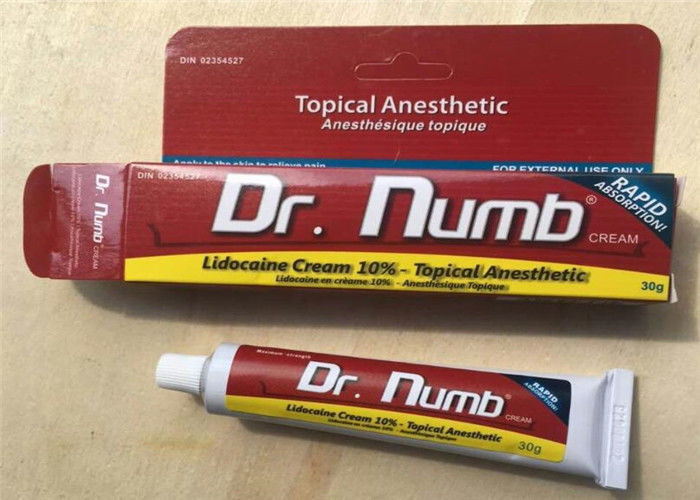Numbing Creams operate by inhibiting sodium channels, preventing pain signals from being sent by the nerves that provide feeling to the skin. These creams can be used before cosmetic visits, before routine surgery, before getting a tattoo, or on other occasions whenever the skin is likely to be in discomfort.
Uses of Numbing Cream
Since Numbing Cream desensitizes the skin to pain, it could be used for a wide range of purposes, including:
- to prepare a site for minor surgical procedures
- To alleviate local pain, such as in regions where tattooing or piercings has occurred
- To treat severe itching caused by irritants such as poison ivy
- To alleviate discomfort caused by dermatological operations such as Botox, laser procedures, dermabrasion, and, filler injections.
- To reduce pain during hair removal methods such as plucking or laser hair removal,
- To alleviate discomfort caused by a small skin lesion, irritation (such as dermatitis), or sunburn
Over-the-Counter (OTC) vs. Professional Numbing Creams
The dosage and quantity of the medicine in over-the-counter (OTC) Numbing Creams may differ from prescription variants. Furthermore, while most OTC drugs are not regulated by the Fda and Drug Administration (FDA), some are promoted as compliant when the manufacturer adheres to the necessary FDA requirements.
Prescribed anesthetic solutions contain a 5% level of the bioactive ingredient3, while many OTC versions contain a substantially lower amount.
Other distinctions between over-the-counter numbing medicines and those that require a prescription involve differing types of combinations. Some topical numbing medicines, for example, are combined with hydrocortisone cream. Peranex HC is one premium brand for this combo. Peranex HC is only accessible with a doctor’s prescription.
Connections and Cautions
The following are important safety precautions to take when using Numbing Cream:
Permitting the cream to make contact with your eyes is not recommended.
- If Numbing Cream accidentally goes into your eyes, immediately rinse them completely with water.
- Use Numbing Cream just on the body; do not consume it orally (by mouth).
- Do not use Numbing Cream to any unprotected skin regions (including abrasions or scratches).
- Avoid damaging numb patches of skin (such as accidentally coming into contact with very hot surfaces).
Immediately seek urgent medical treatment if the Numbing Cream develops any of the following symptoms of an allergic reaction:
- Hives
- Breathing difficulties
- Facial, lip, mouth, or throat swelling
Stop using the Numbing Cream immediately and notify your healthcare practitioner if you experience any other negative effects, such as:
- Severe scorching, stinging, or irritation at the application location
- Redness or swelling
- After applying the drug to the skin, you may experience dizziness or sleepiness.
- Vision hazard
- Hearing ringing
- Strange temperature sensations
- A change in the color of the skin in the area where the drug was applied
Conclusion :
A few hours before such a surgical treatment, you may have to use numbing lotion at home (when your surgeon advises you to do so). Your doctor will tell you how much to do and how long to keep the Numbing Cream on your skin. It’s critical to understand that taking too much lidocaine or prilocaine can result in an overdose, which can be lethal.


